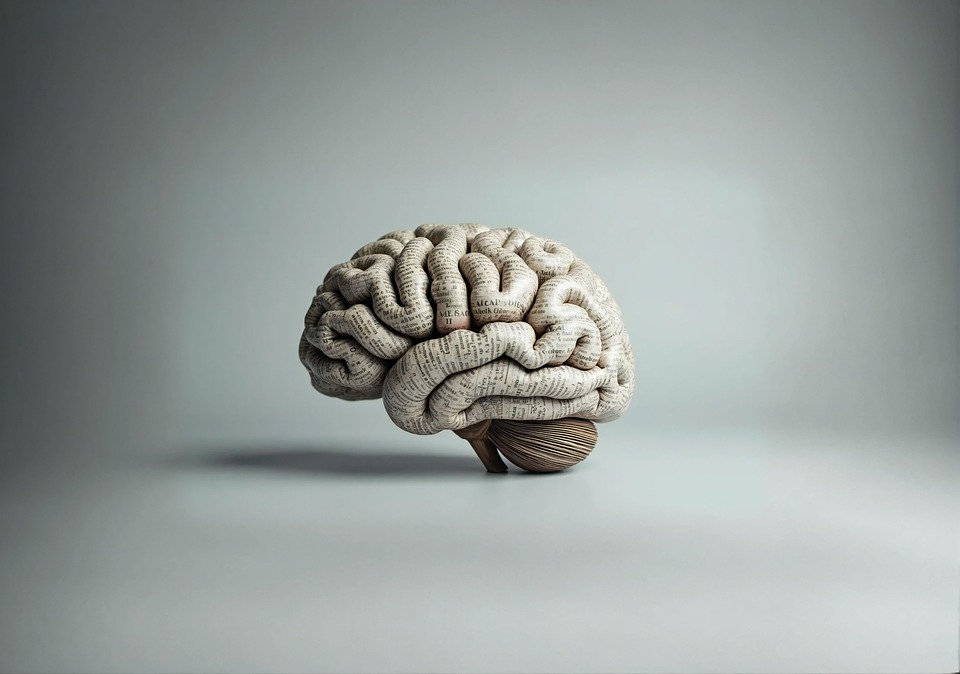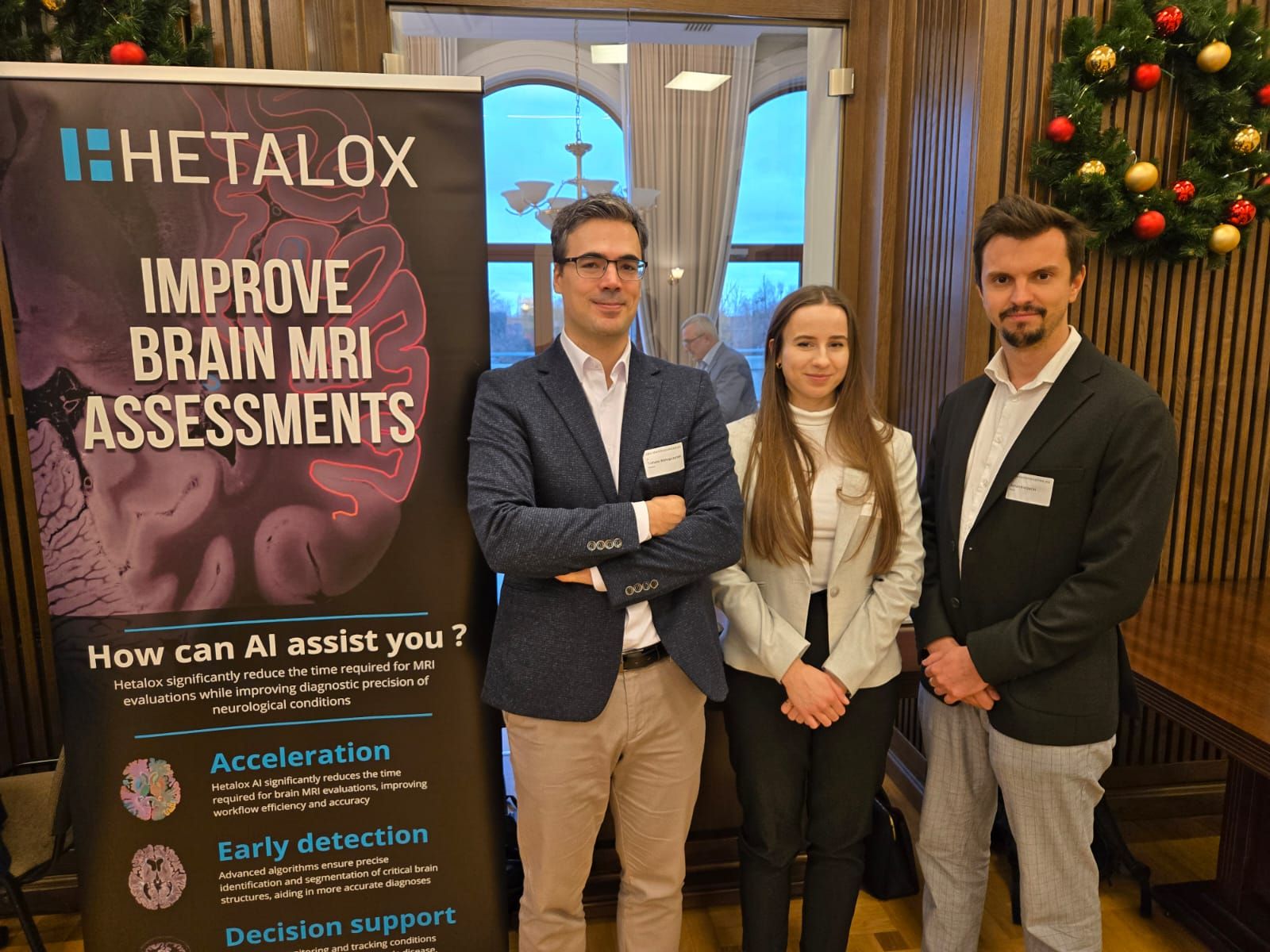· 2 min read
The evolving landscape of Alzheimer’s treatment: Understanding Amyloid-Related Imaging Abnormalities (ARIAs)
In this post, we delve into the evolving landscape of Alzheimer’s treatment, focusing on the role of Amyloid-Related Imaging Abnormalities (ARIAs) in patients undergoing β-amyloid–targeting therapies.

Today, let’s take a closer look at the evolving landscape of Alzheimer’s treatment, particularly the role of Amyloid-Related Imaging Abnormalities (ARIAs) in patients undergoing β-amyloid–targeting therapies.
One of the most talked-about treatments is aducanumab—a monoclonal antibody that targets and reduces amyloid plaques in the brain, a key feature of Alzheimer’s. By binding to these plaques, aducanumab helps to clear them from the brain, potentially slowing the disease progression. However, this innovative approach has been associated with ARIAs, underscoring the importance of careful monitoring and management during treatment.
So, what exactly are ARIAs? When patients undergo these antibody treatments, MRI scans sometimes reveal two types of changes:
- ARIA-E (Edema/Effusion): Brain swelling or fluid buildup.
- ARIA-H (Hemosiderin deposition): Regions of microbleeding in the brain.
At Hetalox, we pay close attention to these findings. While many cases of ARIA are symptom-free and self-resolving, some can lead to more serious symptoms that require treatment adjustments. Interestingly, the risk of ARIAs has been connected to genetics, especially in patients with the ApoE ε4 genotype and the dosage of the treatment.
As we continue integrating these cutting-edge treatments into clinical practice, understanding and managing ARIAs is more important than ever. Join us on this journey as we continue to explore and innovate in the field of Alzheimer’s disease.
🔗 Check out this article to learn more about the presented topic: https://www.frontiersin.org/journals/neurology/articles/10.3389/fneur.2022.862369/full


